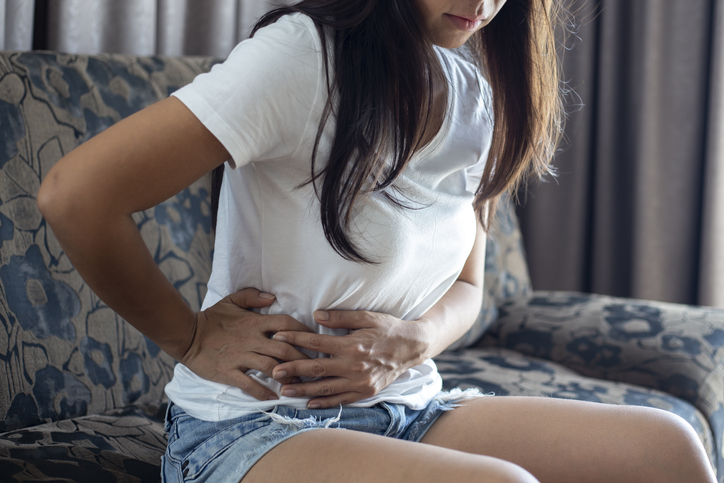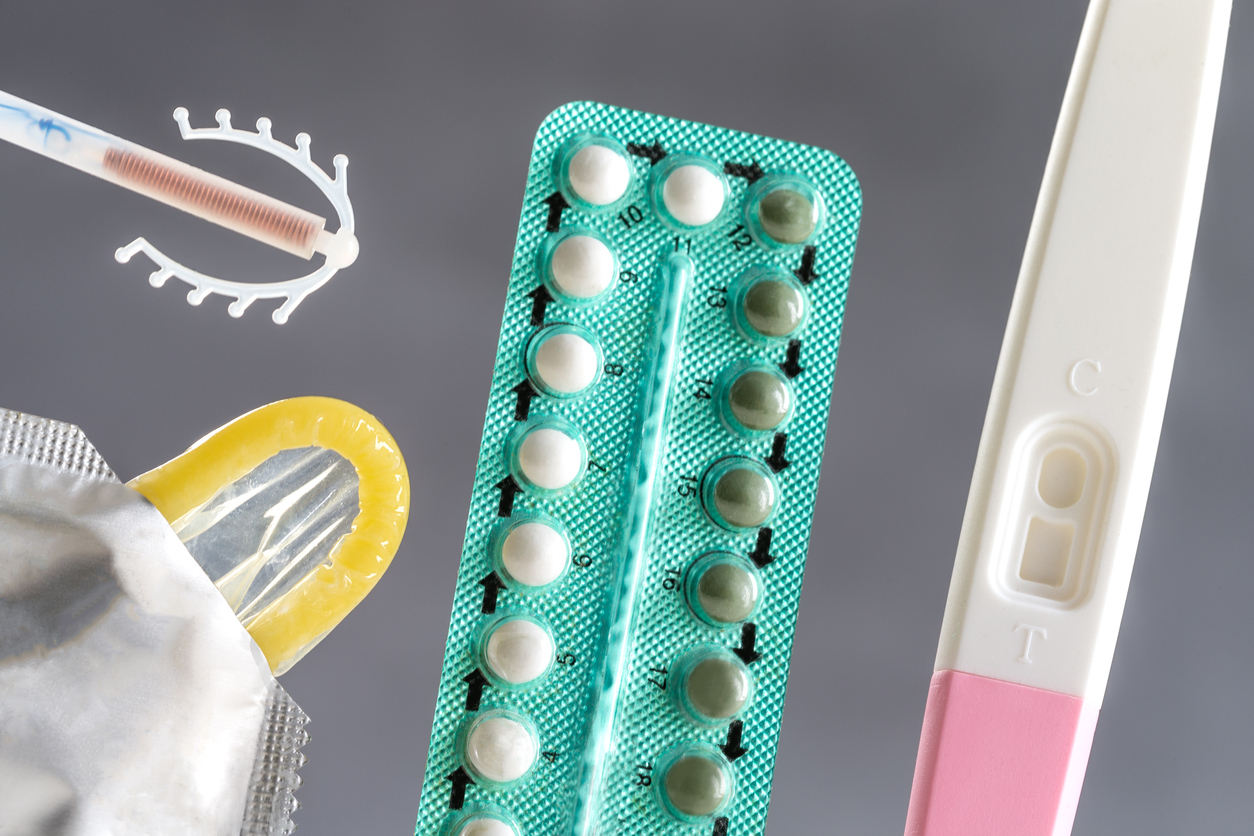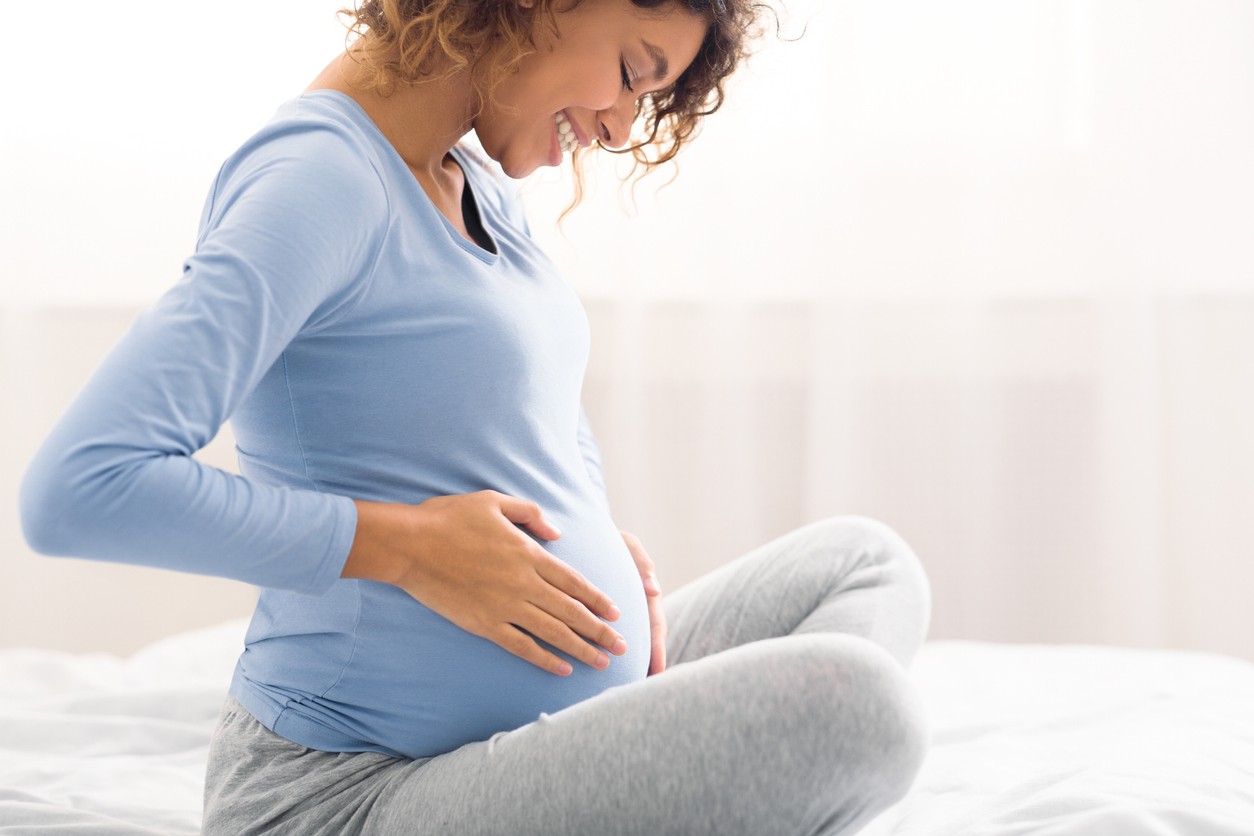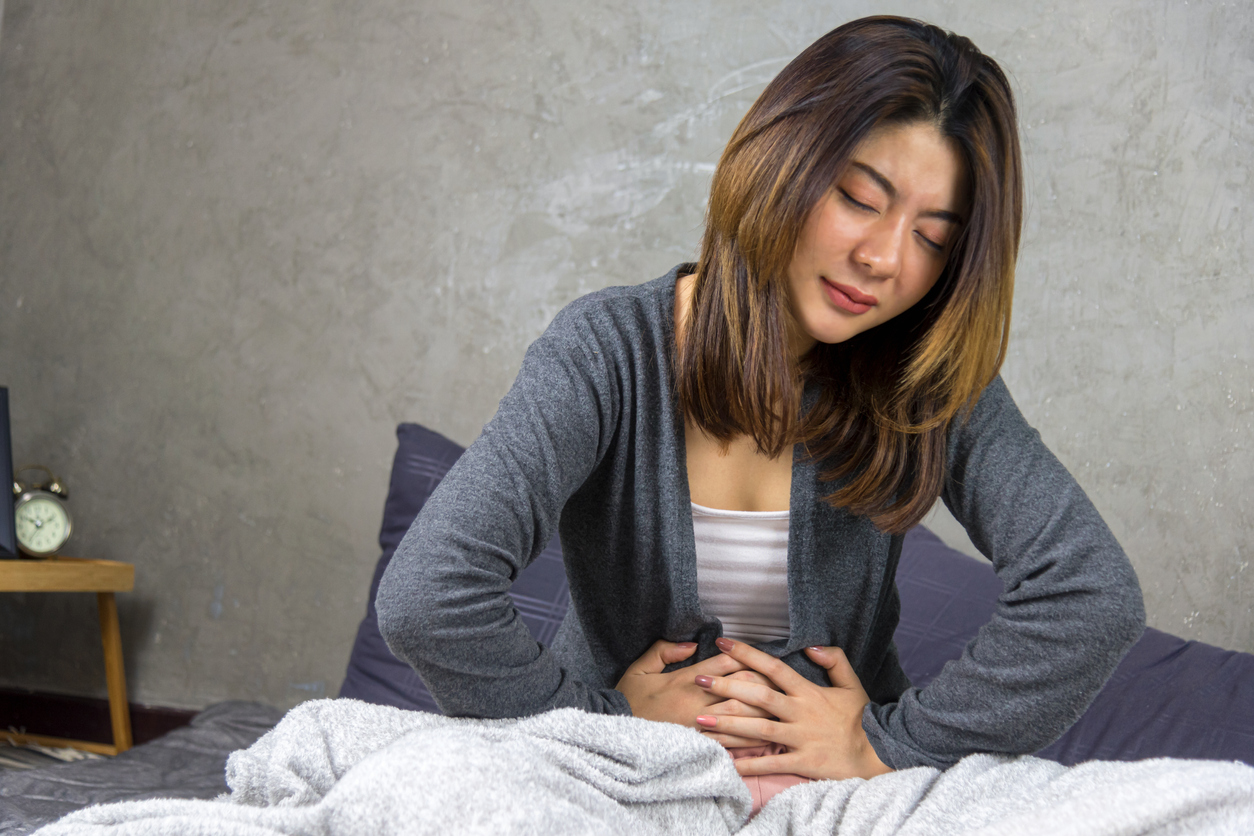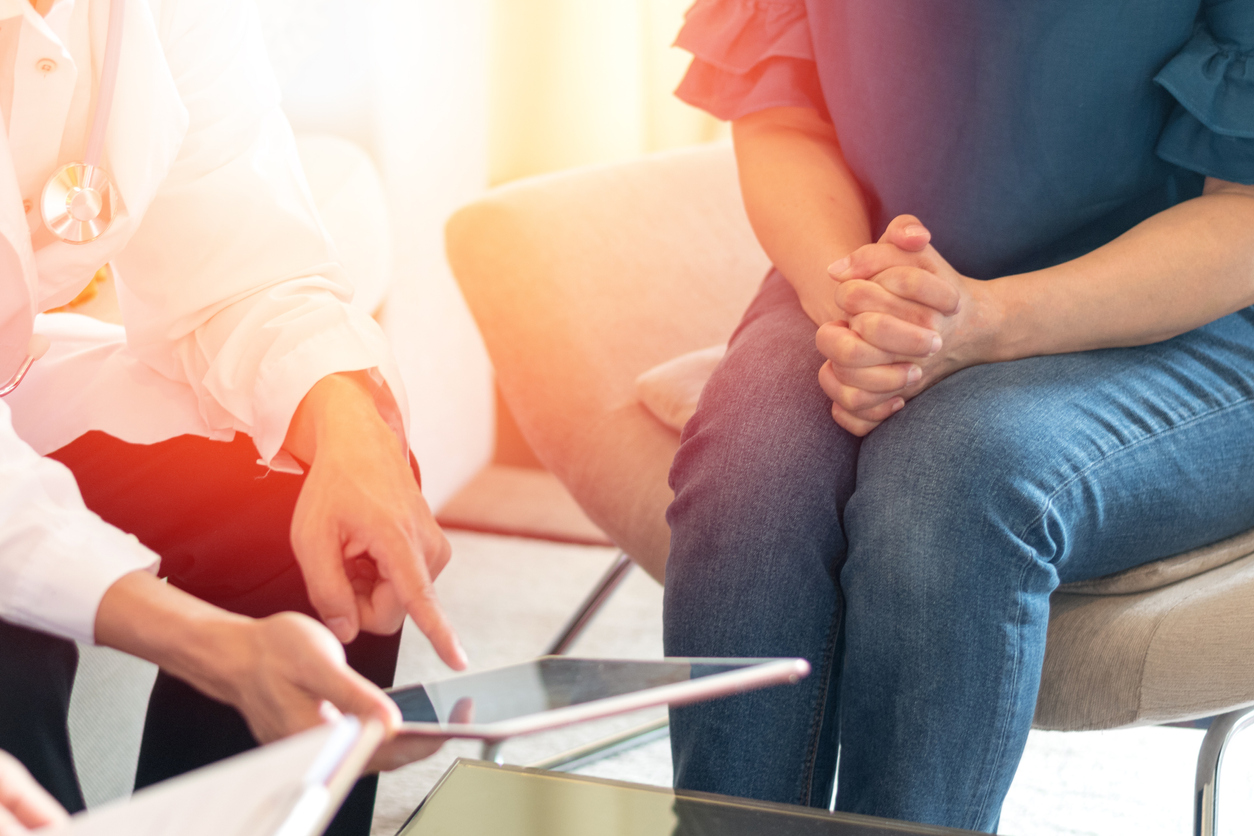What is Endometriosis?
Despite being a very common medical issue, many people have not heard of endometriosis. Yet, more than 200,000 women in the United States have it every year. This disorder occurs when the tissue that normally lines the inside of a uterus grows on the outside of the uterus, in other areas of the lower abdomen and on the ovaries, causing extreme pain for the women who experience it.
“Endometriosis can cause many issues down the road,” Covington Women’s Health Specialist, Dr. Cathy Larrimore explained. “During a normal menstrual cycle, the lining of tissue in your uterus thickens, breaks down, and then leaves the body during the period. However, since the tissue in endometriosis has nowhere to go, it becomes trapped and causes cysts, scar tissue, adhesions, and even fertility problems.”
Want to learn more about endometriosis? The experts at Covington Women’s Health Specialists explain the basics of this medical disorder below.
What Causes Endometriosis?
Unfortunately, the exact cause of endometriosis is not known. However, here are some of the possible reasons many scientists and doctors are currently speculating.
Retrograde Menstruation
This is one of the most commonly believed theories. In this process, menstrual blood with endometrial cells goes back through the fallopian tubes instead of out of the body. This could possibly be what triggers the tissue to grow outside of the uterus.
Peritoneal Cells
The peritoneum covers the organs inside the body. Possibly because of hormones or other immune factors, peritoneal cells may turn into endometrial-like cells throughout puberty. This means the cells that are lining the abdomen turn into cells that should be lining your uterus and will breakdown and bleed during your period.
Endometrial Cell Transport
Similar to the above, hormones could be causing our embryonic cells to transform into endometrial-like cells. Since embryonic cells are the cells in our bodies at the earliest stages of development, this can later trigger tissues to grow where it shouldn’t.
Immune System Disorders
If an immune system is compromised and not working as it should be, the body could not be recognizing tissue that is growing outside of the uterus. Normally, the immune system would see it and destroy any unnecessary tissues.
Surgical Scar Implantation
Sometimes, after a major surgery like a hysterectomy or even a C-section, the incision that is left behind can trigger unwanted cells to attach. If the excess endometrial-like cells grow here, that could certainly cause endometriosis.
Common Symptoms of Endometriosis
- Painful periods
- Excessive bleeding, during and between periods
- Pain with bowel movements and/or urinating
- Infertility struggles
- Pain during intercourse.
Common Treatment Options
- Pain medications such as ibuprofen
- Hormonal releasing devices
- Hormonal birth control medications
- Hormone therapy
- Surgery, such as laparoscopy or even hysterectomy
If you have these symptoms, you should see a gynecologist. If you are diagnosed with endometriosis or are suspected of having it, it’s important to understand that what may work for some women may not work for you, so speak with your physician to discuss what treatment options will be best for your symptoms and health conditions.
If you have any further questions about endometriosis, reach out to the experts at Covington Women’s Health Specialists. Contact us by clicking here or by giving us a call at 770-385-8954.




